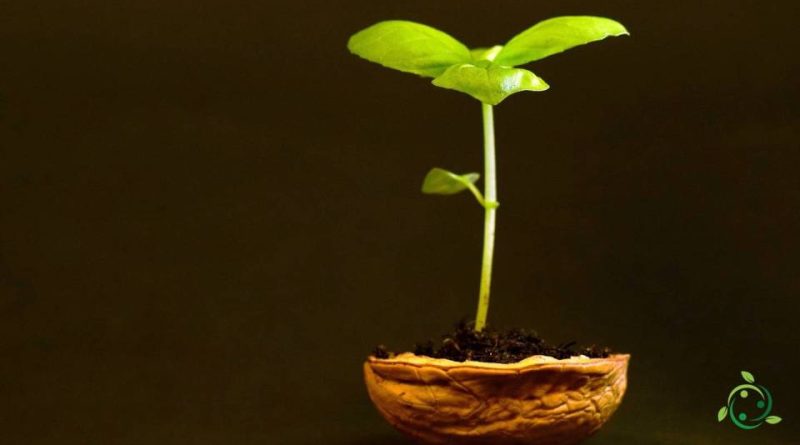Geotropism
Geotropism
The term geotropism (or severe tropism) in botany refers to the property of plant organs to regulate the direction of their growth in relation to the force of gravity.
Geotropism, whose term comes from the Greek γῆ “earth” and τέπομαι “I turn”, is the stimulus that some plant organs receive which allows them to recognize the direction of the force of gravity. Indirectly therefore gives the plant the ability to orient itself vertically in space.
This stimulus is mainly perceived by statoliths, which are amyloplasts specialized in this function.
Within the phenomenon of geotropism, two types are distinguished: positive and negative.
Geotropism is positive when the organs head in favor of gravity and negative when they head in the opposite direction.
There is positive geotropism in the roots, which go towards the center of the earth, negative in the stem which goes to the opposite side.
Some parts of the plant, on the other hand, behave differently.
For example, the horizontal petioles and leaves are geotropic dia; branches and secondary roots at any oblique angle are plageotropic. The organs that are not affected by this geotropic stimulus are called ageotropic.

